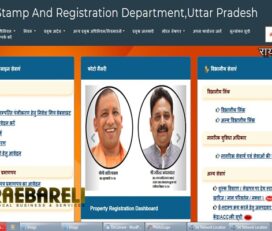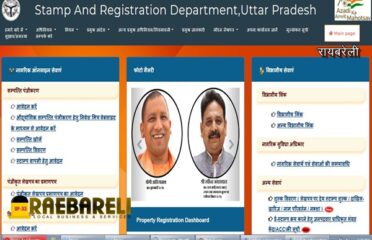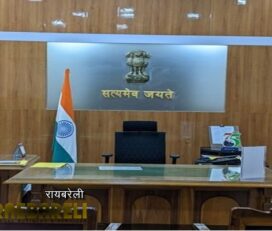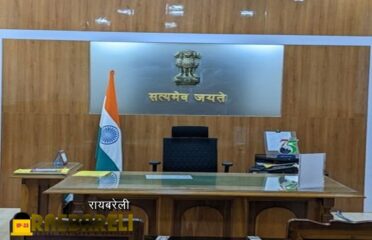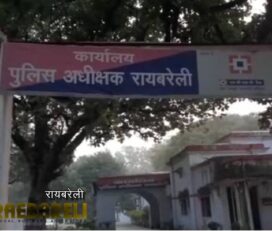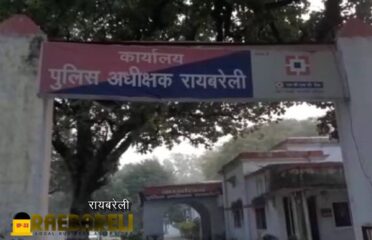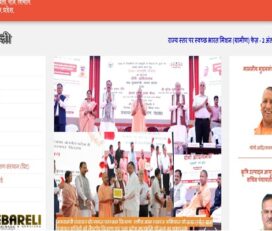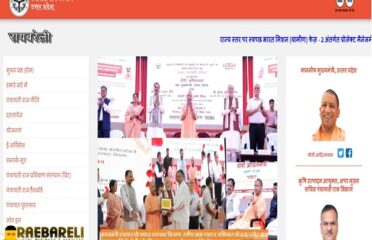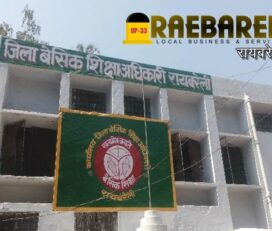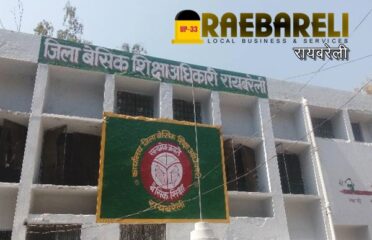
Tehsil Sadar Raebareli
Tehsil Sadar Raebareli
A Tehsil is a local unit of administrative division in some countries of Indian subcontinent. It is a subdistrict of the area within a district including the designated populated place that serves as its administrative centre, with possible additional towns, and usually a number of villages. SDM is the main Authorities of Tehsil and Sub Authority – Tehsildar.
Sub-divisional Magistrate(SDM)
SDM is a miniature District Magistrate in his subdivision. In fact, under many revenue legislation, he is invariably vested with powers of Collector, to be exercised within his jurisdiction.
Tehsildars and Nayab-Tehsildars
The officer in charge of a tehsil is called Tahsildar. However, there is no substantial difference in the revenue and magisterial duties of a Tahsildar and a Naib-Tahsildar, In revenue matters, both exercise the powers of Assistant Collector, Grade II, in their circles as Circle Revenue Officers.
For elections to the Vidhan Sabha, a Tahsildar is, invariably be appointed as Assistant Returning Officer for the constituency/constituencies falling in his tahsil.
Kanungos
The duties of a Kanungo are to supervise the work of the Patwaris. He is an important link between the Tahsildar/Naib-Tahsildar and the Patwari. Each Tahsildar is assisted by an Office Kanungo, besides a number of Field Kanungos.
Patwaris
Whereas the District Magistrate is regarded as the pivot of the district administration, the Patwari is the representative of Government at the village level.He has usually one or two villages in his charge. His local knowledge is so extensive that there is hardly any information about the village and its occupants of which he is not aware or of which he cannot make a guess. As such, he is viewed as the eyes and ears of the Collector.
The duties of the Patwari include conducting of surveys, field inspections, recording of crops, revision of maps or reports relating to mutations, partitions, revenue or rents, taccavi, etc. Under the orders of the Collector, he prepares the records of rights. He is also required to assist in providing relief to agriculturists in distress or in census operations. He reports the crime and prepares maps to illustrate police inquiries.
FAQs
What are the powers of SDM in UP?
Sub Divisional Magistrate (SDM) is a government official responsible for overseeing administrative and legal matters within a specific sub-division of a district, exercising executive, revenue, and magisterial powers.
Sub-divisional Magistrate(SDM)
SDM is a miniature District Magistrate in his subdivision. In fact, under many revenue legislation, he is invariably vested with powers of Collector, to be exercised within his jurisdiction.
Tehsildars and Nayab-Tehsildars .
The officer in charge of a tehsil is called Tahsildar. However, there is no substantial difference in the revenue and magisterial duties of a Tahsildar and a Naib-Tahsildar, In revenue matters, both exercise the powers of Assistant Collector, Grade II, in their circles as Circle Revenue Officers.
For elections to the Vidhan Sabha, a Tahsildar is, invariably be appointed as Assistant Returning Officer for the constituency/constituencies falling in his tahsil.
Kanungos
The duties of a Kanungo are to supervise the work of the Patwaris. He is an important link between the Tahsildar/Naib-Tahsildar and the Patwari. Each Tahsildar is assisted by an Office Kanungo, besides a number of Field Kanungos.
Patwaris
Whereas the District Magistrate is regarded as the pivot of the district administration, the Patwari is the representative of Government at the village level.He has usually one or two villages in his charge. His local knowledge is so extensive that there is hardly any information about the village and its occupants of which he is not aware or of which he cannot make a guess. As such, he is viewed as the eyes and ears of the Collector.
The duties of the Patwari include conducting of surveys, field inspections, recording of crops, revision of maps or reports relating to mutations, partitions, revenue or rents, taccavi, etc. Under the orders of the Collector, he prepares the records of rights. He is also required to assist in providing relief to agriculturists in distress or in census operations. He reports the crime and prepares maps to illustrate police inquiries.


